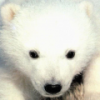Sign in to follow this
Followers
0

Why do torso neck pins have a printed rectangle?
By
TheBear, in General LEGO Discussion
-
Recently Browsing 0 members
No registered users viewing this page.
